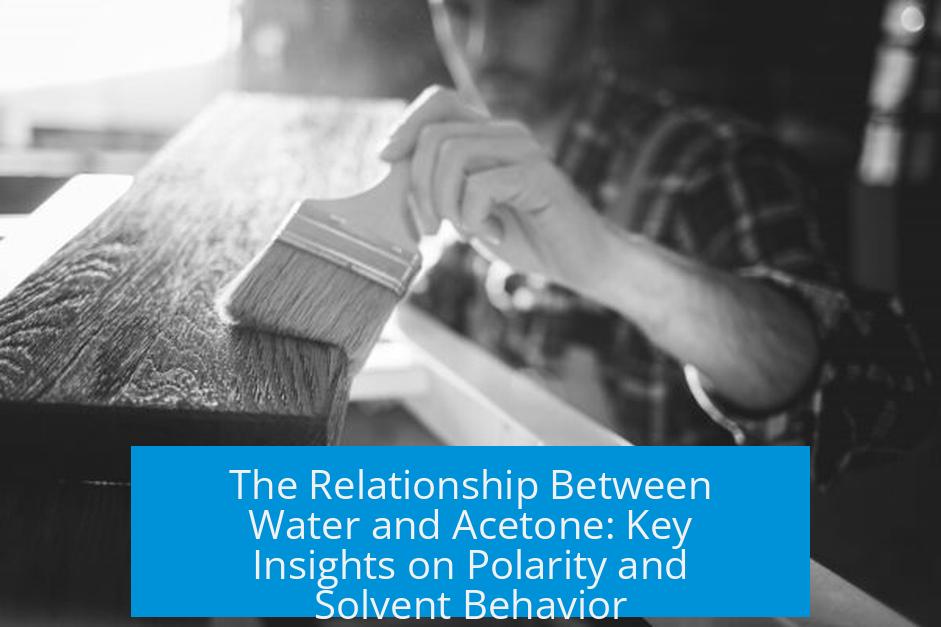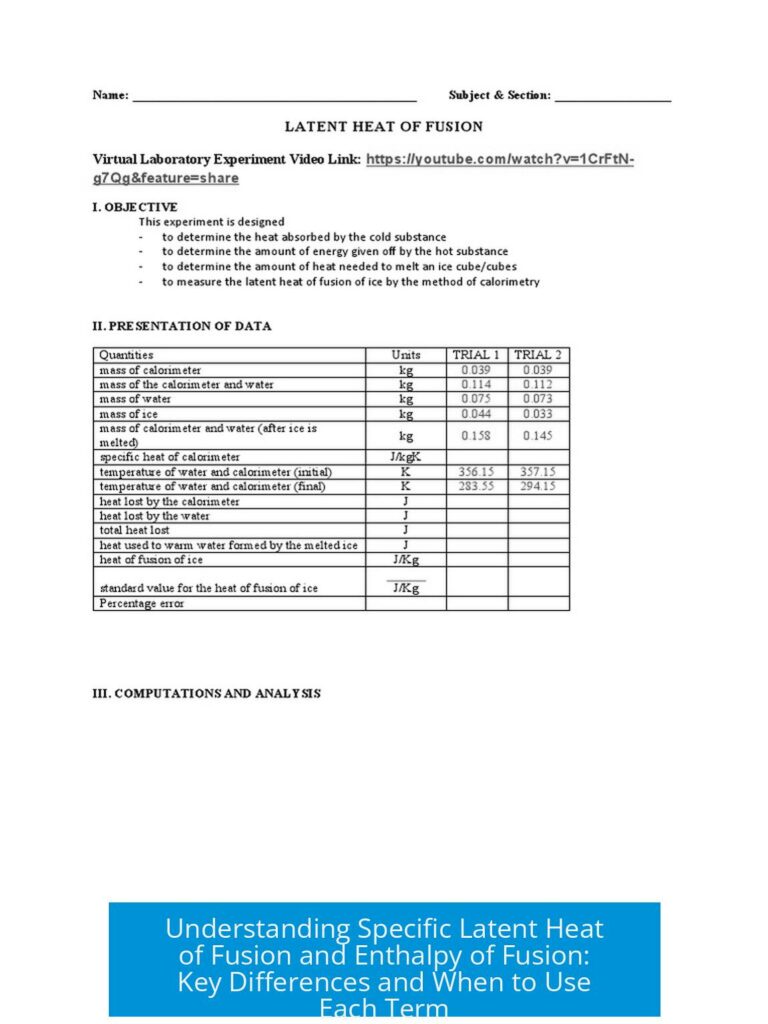Understanding the Relationship Between Water and Acetone
Water and acetone are fully miscible liquids due to their mutual polarity and ability to hydrogen bond. This means they mix in all proportions without separating. The term “miscible” specifically applies to liquids mixing, distinguishing it from “soluble,” which refers to solids dissolving in liquids.
Polarity and Hydrogen Bonding
Water is a highly polar molecule with strong hydrogen bonding. Acetone, while less polar than water, is polar enough and contains a carbonyl group that allows it to form hydrogen bonds with water molecules. This enables thorough mixing.
- Water’s polarity exceeds acetone’s significantly.
- Acetone ranks between water and non-polar solvents like hexanes in polarity.
- Because acetone has both polar and non-polar characteristics, it dissolves many non-polar compounds that water cannot.
Behavior of Non-Polar Solutes in Water-Acetone Mixtures
When a non-polar organic compound is dissolved in acetone, and this solution is added to water, acetone continues to mix with water. However, the non-polar solute may either precipitate out or separate as an oily layer, depending if it is solid or liquid at the conditions.
Interplay in Multi-Solvent Systems
Adding acetone to an immiscible mixture of water and a semi-polar solvent like diethyl ether causes partitioning. Acetone distributes itself between the water and ether layers based on its partition coefficient. This equilibrium means some acetone dissolves in water, some in ether.
Key Takeaways
- Water and acetone are miscible due to their polar nature and hydrogen bonding.
- Miscible applies only to liquids; solubility applies to solids.
- Acetone has intermediate polarity, allowing it to dissolve non-polar substances.
- Non-polar solutes may separate when acetone solutions mix with water.
- In mixtures with other solvents, acetone partitions based on polarity differences.
What does miscible mean, and how is it different from soluble?
Miscible describes when two liquids mix completely. Soluble means a solid dissolves in a liquid. So, miscible applies only to liquids, while soluble is for solids in liquids.
Why are water and acetone miscible?
Water and acetone mix because both are polar and can form hydrogen bonds with each other. This allows acetone and water to blend smoothly without separating.
How does acetone’s polarity compare to water?
Water is much more polar than acetone. Acetone’s polarity lies between highly polar water and non-polar solvents like hexanes, which means it can mix with both polar and some non-polar substances.
What happens when a solution of a non-polar compound in acetone is added to water?
The acetone mixes with the water, but the non-polar compound may separate out by precipitating or forming an oily layer since it does not dissolve well in water.
How does acetone behave in a mixture of water and a semi-polar solvent like diethyl ether?
Acetone distributes itself between the water and ether layers based on a partition coefficient. Some acetone dissolves in water, and some goes into the ether layer, balancing between the two.





Leave a Comment